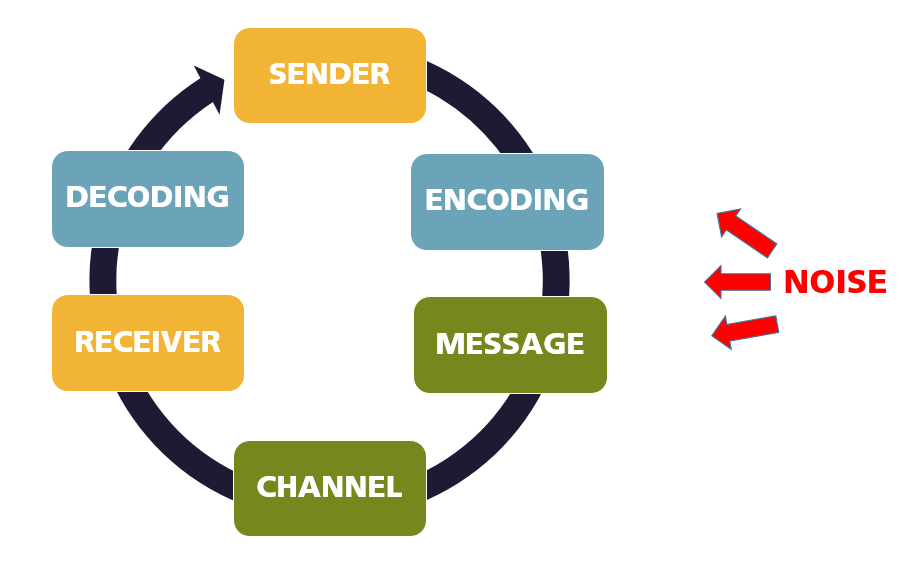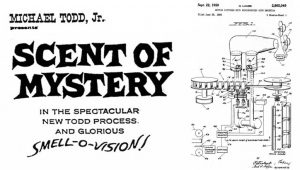Crafting, Connecting, and Communicating: Assessing Audience Attributes
The ABCs: Academic Bases Covered
Before the fun and fascinating activities start, see how they align to key information literacy skills from ACRL (Association of College and Research Libraries), program learning outcomes, and essential employability skills as defined by the Ministry of Training, Colleges, and Universities (MTCU). These bundle into the goals for the activities below.
Information Thresholds
- Scholarship as conversation
- Information creation as a process
- Searching as strategic exploration
Associated Ministry Standards
These activities provide practice in applying research skills, critical thinking, and communication. These skills are key to all college programs and as the tasks centre around a subject of general interest, they are appropriate for any discipline.
Essential Employability Skills
- Communicate clearly, concisely and correctly in the written, spoken, and visual form that fulfills the purpose and meets the needs of the audience.
- Locate, select, organize, and document information using appropriate technology and information systems.
- Analyze, evaluate, and apply relevant information from a variety of sources.
Goals
Learners will develop and demonstrate skills to:
- gain awareness of writing as an author communicating to an audience;
- recognize the relationship of the content they consume to the writing they do;
- identify primary, secondary, and tertiary resources within the context of their research in a discipline and understand why those labels matter.
Check In Before You Dive In
Make sure you have a firm understanding of the elements of a communication i.e., the communication process. You should be able to quickly match the six terms to their definitions.
Assignment Details
Synopsis
Being inundated with information every minute of every day, makes it difficult to step back and consider the channels it travels and the formats it takes. [Don’t even just me started on deciphering the actual data in the information!] Tasks in this assessment challenge you to consider where and how different people access information. You may plan, research, and craft your presentations to be engaging and informative, but if you have not considered your audience they will likely fall flat and fail to make the expected impacted.
Setting the Scene
Communication

Getting on the Same Page

Your Tasks
-
- You will take a common subject and choose an audience to inform and engage on the subject matter.
- Before beginning your research consider: who you are; what your message is; and who your audience is. The basic research on the power of smell will be the same, but then you will want to target your research on marketing strategies to your particular audience.
HINT: Try two different databases for your research. For example, Business Source Premier (or similar) will assist with targeted marketing, while Public Library of Science (PLoS) or another science-focused resource will provide information on the power of scent.
- Once, you have the research, consider where (the channel or format) you would share and why.
- Use the template provided to share your resources and rationales for your chosen audience and its channel(s).
- Create a promotional piece to target your chosen audience and persuade them to believe and support the common subject.
-
- Feel free to go high tech or low tech. Draw a billboard; create a 30 second video; mock up a flyer; etc. Use your imagination, creativity, and skill set. But don’t be afraid to test out a new tool.
- Use Canva for flyer
- Produce a jingle on your phone
- Create a blog post with WordPress
- Create a Tweet deck
- Use Wix to created a webpage…
- Feel free to go high tech or low tech. Draw a billboard; create a 30 second video; mock up a flyer; etc. Use your imagination, creativity, and skill set. But don’t be afraid to test out a new tool.
-
- Save and submit your ideas (template) and your creation according to your instructor’s directions.
Common Subject

Smell-o-Vision: An Artist’s Rendering The cinematic experience has changed a lot over the past few years. To compete with Netflix, iTunes, and home theatres, movie theatres have added moving seats, surround sound, 3D experiences, IMAX, recliner seating, alcoholic beverages, VIP seating, more varied concession items, etc.
Another innovation that keeps popping up every few years is the idea of smell-o-vision. See a car crash on the screen and you smell smoke and gasoline. Two lovers running toward each other through a meadow (likely sarcastically) and you smell the wildflowers and tall grasses.
Your sense of smell is closely linked to memory and also highly emotive. By incorporating smell into the other senses in the movie going experience, promoters promise a fuller experience for the audience.
Your Audience Choices
- High school students
- Young, urban professionals
- Families with young children
- Women aged 35-55 years
- Adults 65+
The Template
Use the embedded document creator below to record your research and rationale.
Research Boost
The following sections under the Research Hub in The Learning Portal will enhance your completion of this assignment:
- “Searching Language” section
- ‘Databases’ under “Library Search Tools Explained”
Just for Fun
Bass Clef B for clove; Bass Clef C for geranium; Treble Clef C for rose; Treble Clef D for bergamot. Each key a different scent. Would your playing create a symphony or cacophony?
From a 2012 article in Pacific Standard:

The Olfactory Organ The June 1922 issue of Science and Invention magazine featured a rather peculiar invention which envisioned an entirely new (and entirely silent) kind of concert. The invention was based on the theories of Dr. Septimus Piesse, a French chemist and perfumer who wrote the 1857 book The Art of Perfumery. Piesse often used music as a way to talk about how certain smells could work together. Just as certain notes could be played together in harmony, while others caused discord and were unpleasant to the ear, so too could certain smells be combined to create a beautiful bouquet while others smell terrible when combined.
Science and Invention took Piesse’s theories and ran with them, imagining a new kind of concert where musicians might “play” smells rather than sounds. We see, in an illustration by Frank R. Paul, a dapper gentleman sitting in front of a keyboard, sheet music at the ready and fragrances being coaxed from his fingers out of the bottles above and wafting over an attentive audience.
Attributions
Mott, T.J. (2017). The smell-o-vision. Retrieved from https://thedailywtf.com/articles/the-smell-o-vision
Novak, M. (2012, December 4). The olfactory organ: A 1920s design for an instrument that you don’t hear but smell. Retrieved from https://psmag.com/environment/smell-organ-50062

